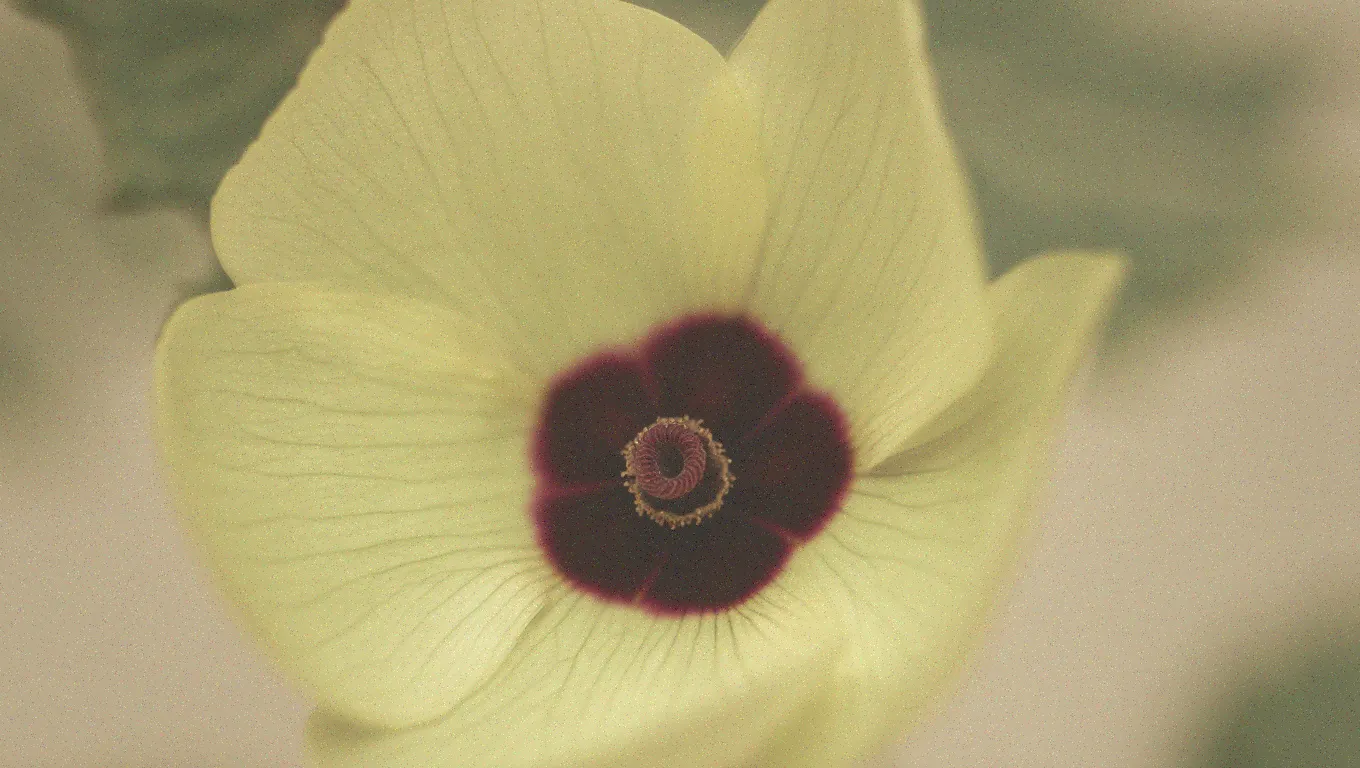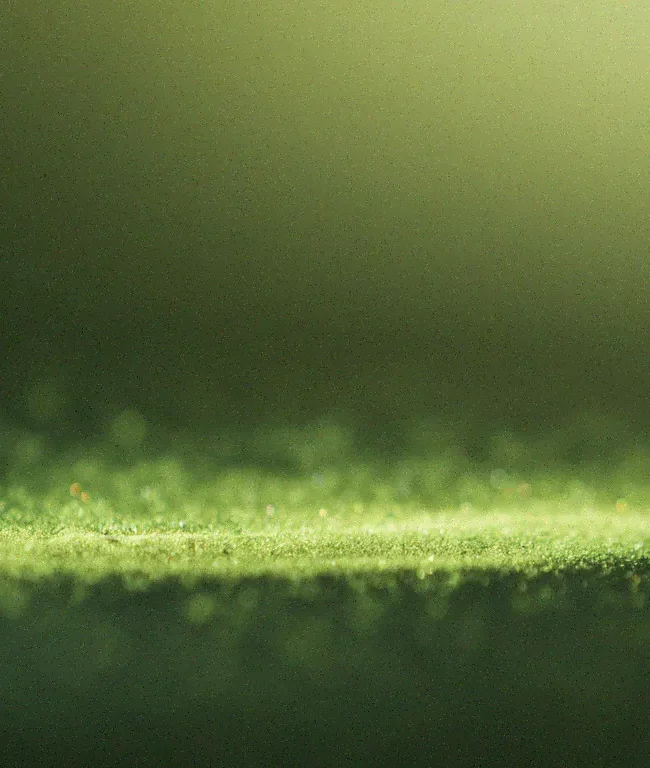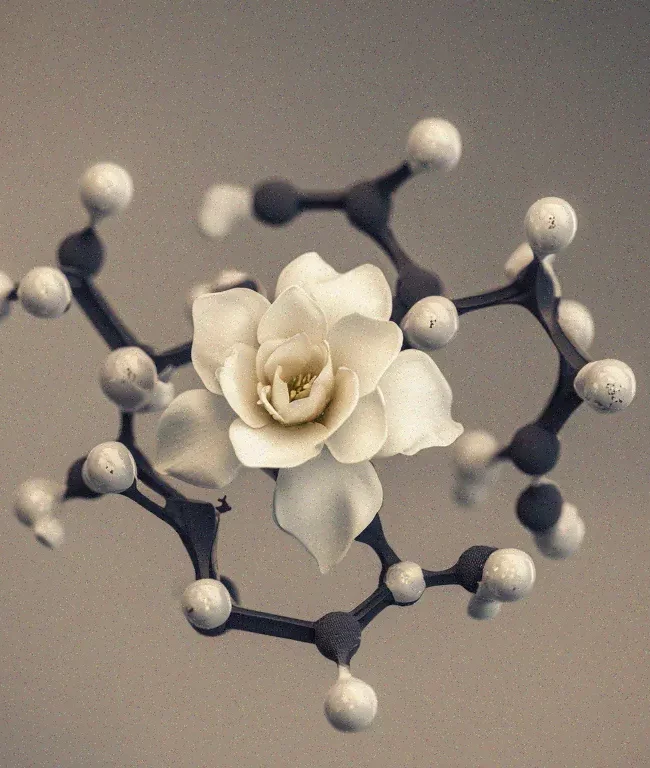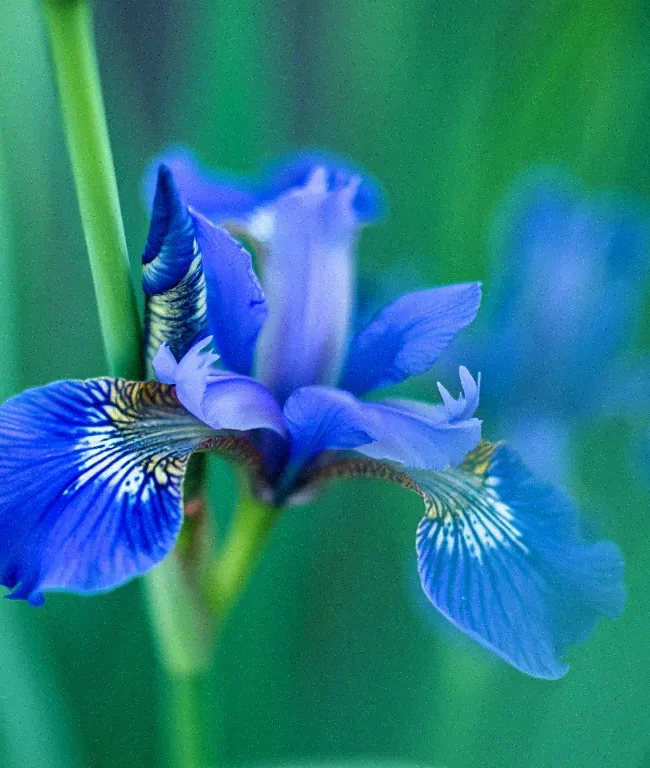
Musk Ambrette to Ambrettolide Substitution Guide
Nitro-musk “Musk Ambrette” (CAS 83-66-9) represents a discontinued chapter in perfumery history, phased out due to documented neurotoxicity concerns and environmental persistence issues. Regulatory restrictions from the 1980s onward effectively eliminated this synthetic material from commercial use, as studies revealed problematic bioaccumulation patterns and potential health risks at concentrations previously considered safe. Modern perfumers working with vintage formulations from the 1970s era must therefore substitute this restricted ingredient with safer, legally compliant alternatives that preserve the original olfactory intent.
For updating vintage 1977 amber fragrance formulations, this comprehensive analysis reveals that while direct substitution is possible, optimal results require understanding the nuanced differences between natural musk ambrette seed extract and synthetic ambrettolide.
The most important finding is that natural musk ambrette (Abelmoschus moschatus seed extract) and synthetic ambrettolide share the same primary active compound—(Z)-7-hexadecen-16-olide—making ambrettolide the most chemically accurate substitute available. However, significant differences in olfactory character, intensity, and formulation performance require careful adjustment of substitution ratios and potentially complementary ingredients to achieve vintage authenticity.
This research addresses a common confusion in perfumery: the banned nitro-musk “Musk Ambrette” (CAS 83-66-9) versus natural musk ambrette seed extract, which remains legal and contains naturally occurring ambrettolide. Your 1977 formulation likely used the natural material, making modern synthetic ambrettolide an ideal chemical substitute with important performance considerations.
Natural Musk Ambrette Olfactory Profile and Historical Significance
Natural musk ambrette seed extract served as a cornerstone of vintage perfumery, particularly in amber-woody compositions of the 1970s era. Its olfactory profile features a sweet musk foundation with pronounced floral, seedy, and fruity characteristics—specifically pear-like top notes transitioning to sweet floral heart notes, culminating in a deep musky base with warm, comforting undertones.
The material’s historical importance cannot be overstated. Perfumers valued it as “the fruitiest of the nitro musks and the classical musk that blends best with floral notes,” with exceptional synergy with coumarin and tonka bean—described as having “astonishing power to tame and beautify large quantities of coumarin and tonka bean.” This made it indispensable in fougère compositions and amber formulations where it provided the essential “skin-like” musky foundation.
Usage concentrations in vintage formulations ranged from 0.01-0.1% in fine perfumery, though some classic fragrances like Brut contained up to 13%. The material demonstrated exceptional tenacity, lasting over 400 hours on blotters, with remarkable fixative properties and the ability to mask alcohol harshness at concentrations as low as 0.01%.
The natural extract contains 13-15% fatty oil content alongside the essential oil fraction, creating a complex olfactory profile that aged and improved over months. Its extraction from Abelmoschus moschatus seeds yields only 0.2-0.6% essential oil, contributing to its historical expense and eventual substitution with synthetic alternatives.
Modern Ambrettolide Characteristics and Commercial Landscape
Synthetic ambrettolide (iso-Ambrettolide, CAS 28645-51-4) represents the modern industry standard for musky-lactonic effects in contemporary perfumery. Its olfactory character is described as “soft musky-lactonic with pear, litchi, rosy, and ambrette-like nuances”—notably more refined and subtle than natural musk ambrette while maintaining exceptional effectiveness at trace concentrations.
The synthetic material demonstrates remarkable potency at micro-doses, effective from 0.01% or less, with longevity up to one month on blotters. Professional perfumers describe it as “widely regarded as one of the finest and most elegant synthetic musks available” with “crystal clear” character and “mighty, mineral-like airiness.”
Commercial availability is excellent through major suppliers including Givaudan, IFF, and multiple Indian manufacturers like DM Aromatics and Saraogi Shellac. Pricing reflects its premium status among synthetic musks, though it remains more economical than natural musk ambrette seed extract, which commands prices exceeding $3,000 per kilogram due to limited global production under 1,000 kg annually.
Technical specifications show ambrettolide’s molecular formula as C₁₆H₂₈O₂ with molecular weight 252.4 g/mol, featuring excellent solubility in ethanol and fragrance alcohol bases. The material shows superior oxidative stability compared to natural musk lactones, with excellent long-term storage characteristics and no current IFRA restrictions.
Direct Olfactory and Performance Comparison
The fundamental difference between these materials lies in their olfactory impact and character expression. Natural musk ambrette delivers more overtly fruity, floral, and powerful presence with stronger animalic character, while ambrettolide provides refined, subtle enhancement that works “behind the scenes” to improve overall composition quality.
Strength comparisons reveal natural musk ambrette has higher direct odor impact requiring careful dosing to prevent domination of compositions, whereas ambrettolide operates at lower odor thresholds but with extremely potent effects at micro-concentrations. Importantly, some individuals experience anosmia to ambrettolide due to its molecular size, a consideration absent with natural musk ambrette.
Performance in amber-woody formulations shows both materials excel as base note foundations, though with different mechanisms. Natural musk ambrette provides direct, powerful musky impact with exceptional longevity, while ambrettolide contributes sophisticated refinement with superior diffusion properties across all evaporation levels.
Compatibility testing with vintage ingredients reveals important synergistic differences. Both materials work excellently with bergamot, sandalwood, and woody bases, but natural musk ambrette shows exceptional synergy with coumarin and tonka bean that ambrettolide cannot fully replicate. This difference is crucial for fougère-influenced amber formulations where coumarin plays a significant role.
The materials demonstrate excellent blending properties with classic perfumery ingredients, though ambrettolide shows particular affinity for enhancing top notes while providing base stability—an unusual characteristic that makes it valuable in modern formulations. Natural musk ambrette focuses more on middle-to-base note enhancement with transformative effects on associated materials.
Substitution Ratio Calculations and Formulation Recommendations
For direct substitution in vintage amber formulations, a ratio of 0.3:1 to 0.5:1 (ambrettolide:musk ambrette) provides optimal results, accounting for ambrettolide’s superior potency and different olfactory profile. This conservative approach prevents overwhelming the composition while maintaining musky foundation strength.
However, optimal substitution requires a blended approach combining ambrettolide with complementary materials. Industry best practices suggest using ambrettolide at 60-70% of the original musk ambrette dosage, supplemented with 20-30% Romandolide or Velvione to recreate the fuller character profile. This combination approach addresses ambrettolide’s inability to fully replicate natural musk ambrette’s distinctive fruity-floral aspects.
For the specific context of vintage amber formulations, consider the formula structure. If the original contained musk ambrette at 0.05% of the total composition, substitute with:
- Ambrettolide: 0.025% (primary musky foundation)
- Romandolide: 0.015% (fruity-floral character support)
- Total musk complex: 0.04% (20% reduction accounting for improved efficiency)
Formulation sequence matters significantly. Add ambrettolide to the alcohol base first to achieve optimal distribution, then incorporate other base materials. Allow the composition to macerate for 4-6 weeks minimum, as ambrettolide requires aging to fully develop its character in vintage-style formulations.
Technical Formulation Adjustments and Considerations
Solubility characteristics show both materials excel in ethanol-based systems, though ambrettolide provides superior clarity and stability over time. The synthetic material’s resistance to oxidation makes it preferable for long-term stability in vintage recreation projects where authenticity must be balanced with commercial viability.
Alcohol masking effects are crucial in vintage formulations. Both materials effectively eliminate harsh alcohol edges at 0.01% concentrations, but ambrettolide provides more consistent results across different alcohol grades and concentrations. This reliability is valuable when recreating historical formulations where alcohol quality may have varied from original specifications.
Compatibility with vintage base ingredients requires specific attention. Ambrettolide works excellently with sandalwood, cedarwood, and amber resins, showing particular synergy with benzoin and labdanum. However, its interaction with oakmoss differs from natural musk ambrette, potentially requiring slight adjustments to maintain the vintage character in fougère-influenced amber compositions.
Temperature and aging considerations favor ambrettolide for practical applications. While natural musk ambrette requires months of aging for optimal development, ambrettolide reaches full character within weeks. Storage requirements are less stringent, and the material maintains consistency across temperature variations better than natural extracts.
For vintage authenticity, consider that 1977-era formulations often used higher concentrations of natural musks than modern standards would suggest. The economic constraints of that era meant perfumers used potent materials efficiently. Modern recreations benefit from ambrettolide’s efficiency, allowing achievement of vintage character at lower concentrations with improved safety profiles and regulatory compliance.
Conclusion and Strategic Recommendations
The optimal approach for updating your vintage 1977 amber formulation combines synthetic ambrettolide as the primary musky foundation with carefully selected complementary materials to recreate the complex character of natural musk ambrette. Direct substitution ratios of 0.3-0.5:1 provide the foundation, but true vintage authenticity requires understanding the synergistic relationships that made original formulations distinctive.
Modern perfumery’s advantage lies in synthetic material consistency and safety profiles while maintaining access to the essential olfactory characteristics that defined vintage amber compositions. Ambrettolide provides 90% of natural musk ambrette’s performance benefits with superior formulation reliability and regulatory compliance—making it the ideal choice for commercial vintage recreation projects.
The most critical insight for your specific application is that successful substitution requires compositional thinking rather than simple ingredient replacement. The musky foundation serves as the heart of amber formulations, supporting and enhancing all other materials. Ambrettolide excels in this role, offering vintage character with modern performance advantages that honor the original 1977 formulation intent while meeting contemporary quality and safety standards.




